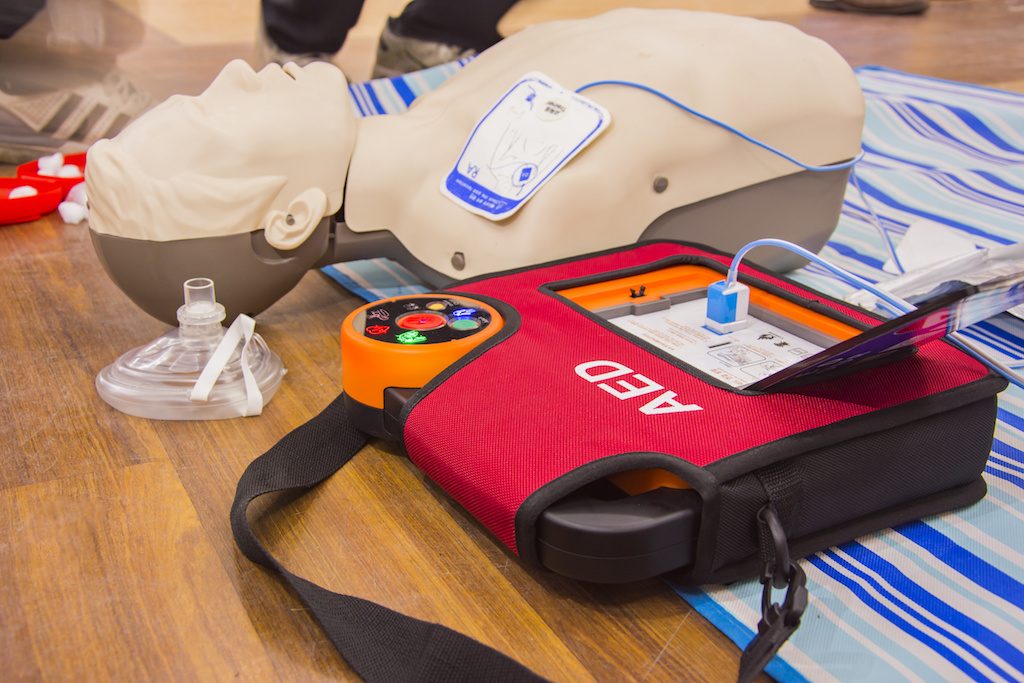Why Are Some First Aid Classes So Boring?
This blog post is an opinion post following a discussion amongst our team. Please let us know your thoughts in the comments! We want to have a debate about the future of first aid training and where we should be focusing our efforts.
Knowing basic first aid can make all the difference in an emergency situation. Simple bystander interventions before the arrival of professional help can save lives. For example, having the confidence to use an AED or knowing how to stem a catastrophic bleed.
First aid & CPR training comes in many formats. Many workplaces offer regulated and accredited first aid training for their staff. Less formal training is often provided for free, for example using awareness sessions run by local emergency services.
We’ve been discussing some of the worst first aid courses we’ve attended (or heard about). One common theme that came up was that, well, some first aid training is downright dull and not engaging for learners.
So why is this occurring? There are likely multiple factors at play, however, we think one of the main issues is too much theory being taught. First aid is a practical skill, and we think the training should be mostly practical, with some underpinning knowledge as foundations.
Perhaps the ‘core’ aims of first aid have been lost sight of. Remembering the traditional ‘Three Ps’, the overall aim of first aid is to preserve life.
We should focus our training on the absolute key life-saving skills:
- CPR, with particular emphasis on high-quality chest compressions
- AED familiarisation and raising awareness of public access AEDs
- Choking [We have seen courses where choking is covered as an afterthought in ten minutes!]
- Basic airway management
- Management of major/catastrophic bleeding including the use of hemorrhage control equipment
These are all practical skills and learners need to have hands-on practice of each of these. After all, we must remember the immense pressure of being involved in an emergency situation. We can’t expect a learner to remember how a tourniquet works if they only had a “quick practice then move on” [Actual quote from a course].
There are undoubtedly many excellent first aid classes that take place every day. Also, the type of training will dictate the course content. ‘Professional’ first aiders or certified first responders obviously need a greater knowledge base than lay rescuers.
What are your thoughts? Should we be focusing more on key lifesaving skills? Or is the balance about right? Let us know by leaving a comment!






